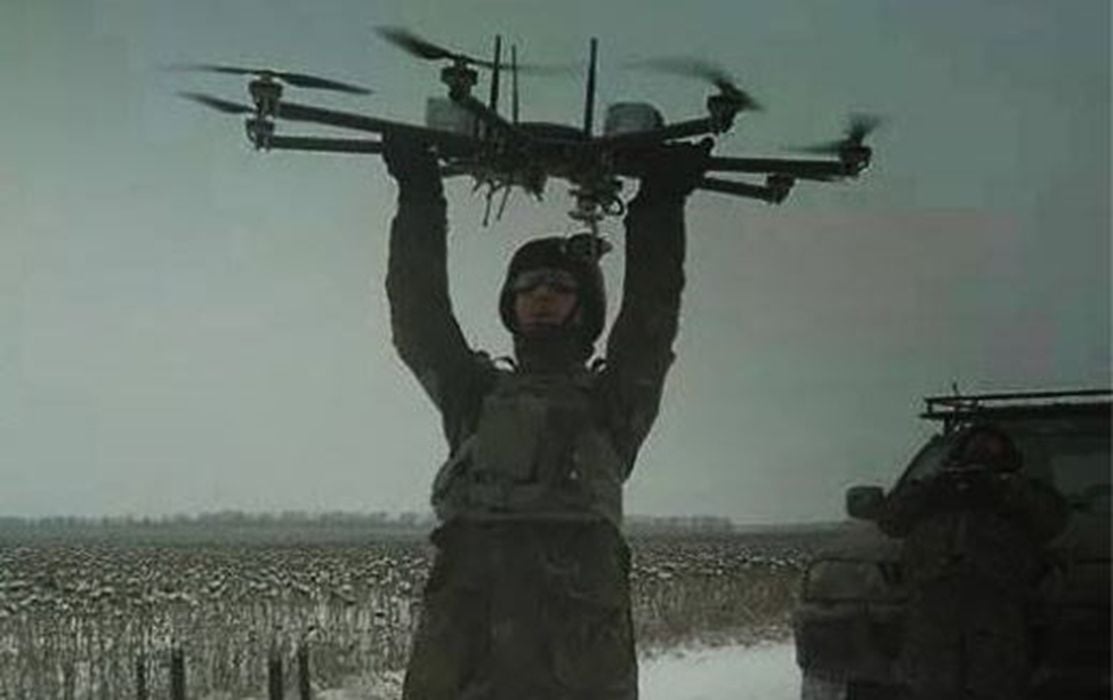
Charles R. Goulding and Preeti Sulibhavi examine how 3D printer applications shift in times of war.
A June 2023 in-depth cover story article in the Atlantic made the case as to why it is important for the world that Ukraine to prevail in the war against Russia.
The Atlantic reporters went on-site in Ukraine for an investigative piece. They visited a secret machine shop where Ukraine engineers were using a 3D printer in their makeshift space to create drones for combat. One of the on-site engineers quipped that they had pivoted drastically from making wedding photo drones to military drones.

This endeavor reminded me of the industrious North Vietnamese who had to operate machine shops for decades to support the supply chain they needed to make rifles, ammunition, and other military gear.

Arguably this effort served to support a manufacturing economy that is serving as the foundation of today’s Vietnamese manufacturing powerhouse. We have previously written a Fabbaloo article on how the Ukraine vs Russia war is in large part a drone war.
There are a myriad of ways in which 3D printing can play a role in the advancement of the drone industry. One way is to generate replacement parts for repair and maintenance. 3D printers can be kept on-site and work both time and cost-effectively, as opposed to potentially waiting several weeks for a vendor to ship them. This is especially true with current supply chain challenges.
Drones are involved in various verticals including improving health outcomes in Africa. We have featured the developments of Swoop Aero and have covered vaccines, drones, And 3D printing, as well. We also must not forget the global drone reforestation efforts.
The Research & Development Tax Credit
The now permanent Research and Development (R&D) Tax Credit is available for companies developing new or improved products, processes and/or software.
3D printing can help boost a company’s R&D Tax Credits. Wages for technical employees creating, testing and revising 3D printed prototypes can be included as a percentage of eligible time spent for the R&D Tax Credit. Similarly, when used as a method of improving a process, time spent integrating 3D printing hardware and software counts as an eligible activity. Lastly, when used for modeling and preproduction, the costs of filaments consumed during the development process may also be recovered.
Whether it is used for creating and testing prototypes or for final production, 3D printing is a great indicator that R&D Credit eligible activities are taking place. Companies implementing this technology at any point should consider taking advantage of R&D Tax Credits.
Conclusion
There are many reasons to highlight drones and 3D printing. The quest for reliability, weight reduction and large volumes makes drone manufacturing a major 3D printing opportunity. Hopefully, there will soon be less need for war drones and more need for wedding drones.
